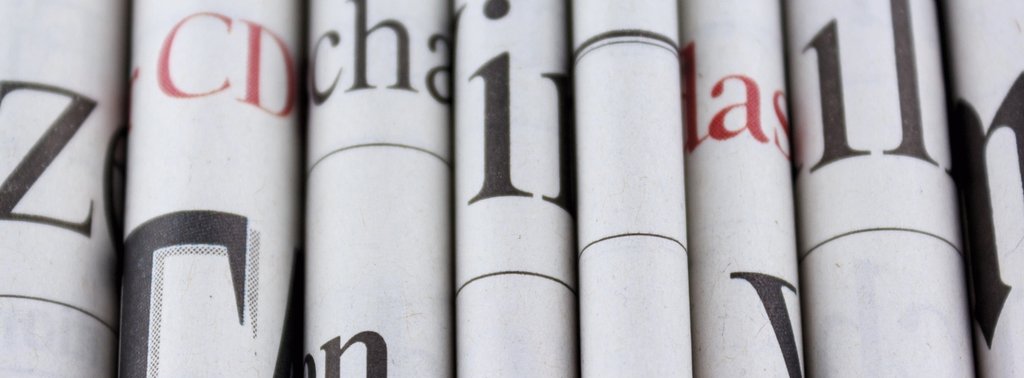Potential Environmental Risks Associated With Dumped Chemical Warfare Agents (CWA) in the Baltic Sea Very Low According to New Research
- Article published in the Journal of Hazardous Materials shows that the impact of Nord Stream’s first pipeline on dumped CWA on the seabed is minor
- Nord Stream has invested 100 million Euros in environmental surveys and monitoring of the Baltic Sea
March 22, 2012 | Zug | A new scientific article published in the peer reviewed magazine for environmental engineers Journal of Hazardous Materials shows that the natural gas pipeline's impact on the potential re-suspension of historically dumped chemical warfare agents (CWA) is insignificant. The research and collection of data from the Baltic Sea that provides the background for both the report and the scientific article are financed by Nord Stream.
In connection with the construction of the two parallel natural gas pipelines through the Baltic Sea from Russia to Germany passing east of Bornholm, there has been concern regarding potential re-suspension of dumped chemical warfare agents in a nearby dump site and potential environmental risks associated with this. This is however not the case, as demonstrated by senior researcher, Ph.D. Hans Sanderson and senior researcher Ph.D. Patrik Fauser, DCE – Danish Centre for Environment and Energy at Aarhus University.
"In connection with the installation of the first of the two parallel pipelines we measured low concentrations of CWA related metabolites. The subsequent calculated bioavailable concentrations for the fish population constitute a very low risk," Hans Sanderson says.
Sanderson underlines the importance of making this particular research – according to 'UN resolution A/RES/65/149' – available to both the public and the scientific community. The final analyses will be ready in 2013, when surveys are done after the completion of both pipelines.
In both 2008 and 2010 the researchers analysed 192 sediment and 11 pore water samples for CWA residues along the pipeline corridor next to the dump site. The results show that detection frequencies and levels of intact CWA were low, whereas CWA metabolites were more frequently found.
The research has also proved that the sediment containing CWA which are re-suspended in connection with the installation of the pipelines only adds marginally to the general CWA exposure along the pipeline route. The article also demonstrates that the presence of the biota does not depend on the level of CWA in the sediment, but on other parameters like depth, mud and oxygen.
The tests have shown that the sediment containing CWA and its dissipation products, which are re-suspended due to the construction work, only adds marginally to the general CWA exposure and risk along the route.
The paper furthermore documents that the abundance, diversity and biomass of benthic macroinvertebrates along the pipeline route are not limited by the exposure to the CWA related residues, but rather to background variables such as dissolved oxygen, turbidity, and sediment substrate. This corroborates the predicted low risk to the fish community.
So far Nord Stream has invested more than 100 million euros in environmental research of the Baltic Sea and plan to invest a further 40 million Euro at its extensive environmental monitoring programme with aproximately 1,000 survey locations along the entire pipeline route.
During the design of the pipeline and its route Nord Stream's highest priority has been to avoid areas with dumped chemical and conventional munitions. In order to judge the risk of impact from CWA, more than 100 samples were collected from Danish waters. These samples were analysed by the Danish Hydraulic Institute (DHI) and the Finnish Institute for Verification of the Chemical Weapons Convention (VeriFin). The results at that time did not show any increased risk along the route either.
Despite the positive test results Nord Stream takes no chances during the construction work. Nord Stream has made an agreement with Admiral Danish Fleet regarding expert advice and surveillance of the activities onboard regarding CWA from the seabed. Furthermore all vessels, which are in contact with the seabed in Danish waters, have special equipment installed to handle CWA.
Shortly after WW2 there were several dumping operations of chemical and conventional munitions in the Baltic Sea. Many of these operations were kept secret and it is not obvious who can be held responsible. Information regarding details of number, type and placement is not available.
The article can be accessed online via the Journal of Hazardous Materials website.




